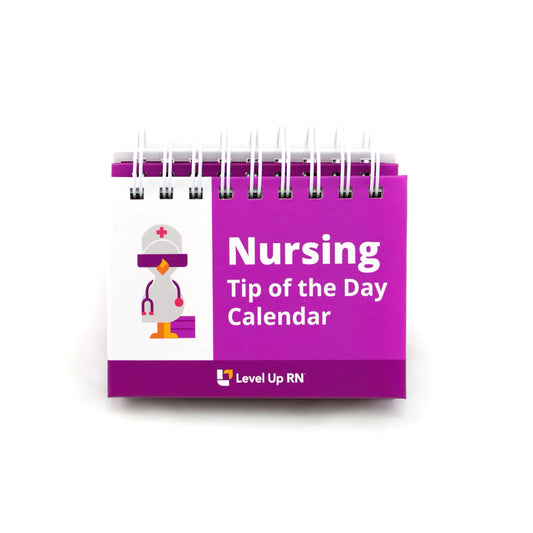Hi. This is Cathy with Level Up RN. In this episode of Ask A Nurse, I will be answering your questions about shingles, such as, "what causes shingles?" "What are the symptoms of shingles?" "How is shingles diagnosed and treated?" and, "how can I prevent shingles?"
Shingles is a viral infection that causes a painful rash. It results from the same virus that causes chickenpox, which is the varicella-zoster virus.
So after infection with the chickenpox virus, the virus will go and hide in the nervous system and remain dormant until it is reactivated years later, based on some kind of trigger. And then it comes out of its hiding place, and it's like, "Surprise." And it's a surprise that nobody really wants. Anyone who has had chickenpox in the past may develop shingles.
Shingles is definitely more common in older adults and individuals with a weakened immune system. And cancer treatment, as well as certain medications, can result in immunosuppression, which makes it more likely that an individual will get shingles.
In addition, infection, fatigue, and stress can weaken your immune system and make it more likely that the virus will become reactivated, causing shingles.
In terms of symptoms of shingles, most patients will have abnormal skin sensations that occur prior to the appearance of the rash. So this could include a burning feeling or numbness or extreme sensitivity.
Patients will also have symptoms such as fever and fatigue. Then a painful rash with fluid-filled blisters will appear on one side of the body, such as one side of the torso or one side of the face. And then, about a week after these blisters appear, they will dry up and crust over.
For some people, symptoms may be very mild, such as mild itching, but for other patients, shingles can cause severe burning and shooting pain. So when I got shingles years ago, I had a feeling of a really bad sunburn on one side of my torso. But when I would look in the mirror, there was nothing. I couldn't understand why it kind of felt so sensitive and had that burning feeling. Then a couple of days later, a rash appeared, and then it all made sense.
It's important to contact your provider right away if you suspect that you have shingles. And this is particularly important to do if you have a rash on your face because that increases the risk for eye damage, hearing loss, as well as other complications.
In many cases, your provider can diagnose shingles just by visually examining your rash. There is no cure for the virus, but antiviral medications can be prescribed to decrease the severity of the infection, help the blisters heal faster, and to decrease pain. It's important to take prescribed antiviral medications as soon as possible after the rash appears. This not only decreases the severity of the infection, it also helps to prevent complications, such as post-herpetic neuralgia, which is where you have pain that lasts for months or years after the rash clears up.
When you have shingles, it's really important to take care of yourself. Wearing loose-fitting, natural fiber clothing can help you feel more comfortable. You want to keep the affected area clean and avoid scratching because this can result in infection, as well as scarring. Over-the-counter medications such as Tylenol or ibuprofen can be used for pain control and calamine lotion, as well as oatmeal baths and cool compresses, can be helpful with itching. And you want to make sure you're getting plenty of rest, drinking lots of water, eating nutritious foods, avoiding stress, and you want to distract yourself with a good movie or a good book.
When you have shingles, you should avoid contact with individuals who have not had chickenpox or have not been vaccinated against chickenpox.
So someone with shingles cannot give another person shingles.
However, someone with shingles can give someone else chickenpox if they are susceptible, meaning they haven't had chickenpox in the past, or have not been vaccinated against chickenpox.
Luckily, there is a vaccine available that is helpful in preventing shingles. And the brand name of this vaccine is Shingrix. And it's estimated to be over 90% effective. So most providers will recommend that patients 50 years old or older get this vaccine. And it's given in two doses. So you'll get your first dose and then get your second dose two to six months later.
And patients who have had chickenpox or the chickenpox vaccination and patients who have had shingles are all typically eligible to get this vaccination. So I urge you to talk to your provider and get it scheduled so that you can, hopefully, avoid the pain and discomfort associated with shingles.
So, while I did not enjoy having shingles one bit, I am grateful that I have a better understanding and appreciation for what my patients are going through when they have shingles.
So I hope this video has been really helpful. If so, be sure to hit that like button. And if you have other health concerns or topics that you would like me to cover in a future video, definitely leave those in the comments. Stay informed and stay well.


